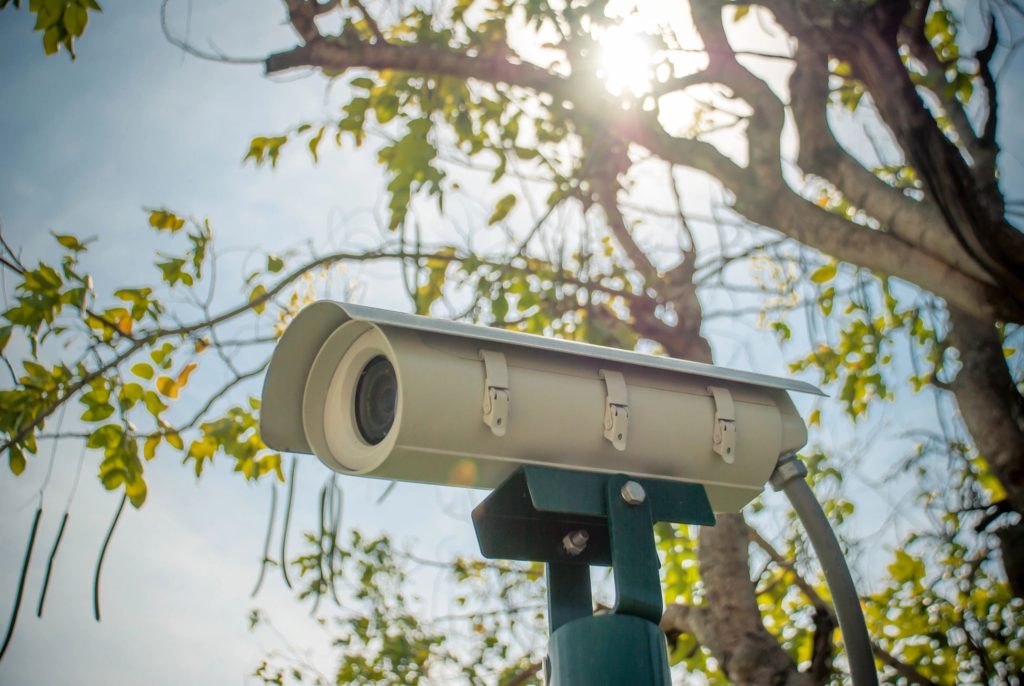You’re faced with choices every day. The route you take to work, where to eat lunch, or whether you exercise or go to Starbucks. You rationally weigh your options, as well as the benefits and/or costs of your possible decisions, and you have the free will to finalize and act upon your decisions. To that point, there is a traditional theory that explains criminal offending as making a choice just like these scenarios.
Choice theory states that rational individuals exercise their free will to decide to either commit a crime or not. As a result, many of the laws today are based on this theory, and these laws attempt to deter and prevent crime through punishment and increased public safety resources.
Just as you decide to exercise or get a latte, you also do this each time you choose to follow general rules, including the law. But think about this: You can also choose to steal or vandalize if you feel you can get away with it and gain something from it. You might not even fear of the punishment that comes with getting caught. This is the premise of the choice theory of crime.
Choice theory was based on a classical model of crime in that all offenders are viewed as rational-thinking individuals who make a rational choice to commit a crime. In fact, this theory was based on the foundational work of Cesare Beccaria, an 18th century Italian philosopher, who theorized that all offenders are rational beings exercising their free will to commit crimes. The central piece of this classical view of crime relied upon punishment as a deterrent to crime.
Think of yourself as a rational-thinking individual exercising free will to either commit a crime or not. In that decision-making process, you consider the benefits, rewards, risks and costs associated with something like stealing a car versus purchasing one. This includes the potential of an arrest, jail, fines, public humiliation and perhaps the loss of your job. On the other hand, by stealing the car you get an adrenaline rush, a free car, and perhaps a cheap way to take a road trip with little chance of getting a harsh punishment. This is the basis of the choice theory.
On The Other Hand…
Criminal offending has also been linked to biological, psychological and sociological theories of crime. These theories point to influences and factors that lead to crime that is less a choice and more a byproduct or function of certain uncontrollable variables.
For example, you may know an individual that is very impulsive, aggressive, has a low attention span and is very hasty. This person randomly goes into a local store and steals food, drinks and some clothes. Now imagine that this person does not actively rationalize and calculate a choice to steal these things; rather this person has biological, psychological or even sociological factors that cued this crime; which is a type of a reaction or result of these factors. This person may have been born with genes linked to hyperactivity, lower IQ and underdevelopment of the mental capacity to consider consequences of their actions, unlike your or I. This person then does not fully understand or properly judge the implications of this crime. This person may have been born with genetically predisposed personality traits that create the actions of stealing without rational choice based on some type of hormonal imbalance. Even in sociological terms this person could have been conditioned, taught, or even forced into this crime by environmental forces and influences out of their control. Perhaps this person grew up in a poor community with learned behaviors that reinforced the notion if you needed to eat or be clothed properly, you had to steal to satisfy those basic needs.
These are the theories that lean towards crime choosing a person based on their biological, psychological and sociological circumstances.
Specifically, there are risk factors that can directly contribute to criminal offending within these theories.
Individual risk factors are those that are explicitly tied to a person’s biological and psychological development. More often than not, offenders exhibit aggression, hyperactivity, antisocial behavior, low IQ, low language IQ, attention problems, and impulsiveness in earlier years. These risk factors can be explained by biological correlates such has brain development, hormonal afflictions, or genetically cued personality traits that often lead to aberrant and criminal actions that may continue into teenage and possibly adult years. Hence the term “born criminal.”
Family risk factors are exclusive to parent-child dynamics and interactions within the home. These can include child maltreatment, poor parenting/supervision, home discord, parental conflict, antisocial parents, harsh discipline, aggressive parents, broken homes, and large family sizes. Combine these sociological factors in younger individuals, and they may result in criminal activities in the teen and adult years which were molded, conditioned, learned, and forced upon offenders.
Community-based risk factors are those occurring within the environment of the individual, like gang activity, delinquent peers, severe school punishment, disorganized communities, and high crime areas. Again, these sociological interactions explain how offenders are taught, prompted, or convinced to commit crimes outside a pure, rational, calculated choice.
The point is that the biological, psychological and sociological theories implicate factors outside the direct control of individuals that lead to criminal offending. In other words, these individuals do not choose crime, crime in a sense chooses them.
However, there is some clarity that comes with this question of choosing crime, or crime choosing an individual.
Based on putting these various theories under scrutiny, research indicates that more than likely an individual that engages in crime involves a combination of both uncontrollable factors that lead to criminal offending along with a person making the rational choice to engage in the crime. So, a person may be born with certain genetic biological and psychological traits that provide a set of circumstances that can lead to criminal activity; then the environmental and social factors reinforce and promote the conscious calculation to justify and make the choice to engage in crime. This is coined the “nature versus nurture” argument that has been shown to be interconnected as explanations of crime, without one being the dominant factor over the other in most cases.
Either way, there are certain steps and actions that we in society can take to help those individuals earlier in life that may possess the traits and factors that are combined with the social influences that lead to making the decisions that could contribute to crime. We can put certain measures in place to help prevent, deter and support those that would otherwise engage in crime.
Increasing the benefits of non-offending decisions and actions can include policies and access to additional educational programs for adults and extra-curricular activities for children supported by the community. Policies, donations and volunteers could lower the cost of non-offending individuals such as free job placement services or programs to supply adequate housing and food resources. Supporting the educational and child care environments with resources and staffing that can closely help juveniles and teens with proper counseling, home life support, and educational advancement.
All in all, we can say that a person can both choose crime and be chosen by crime at the same time to some extent.




